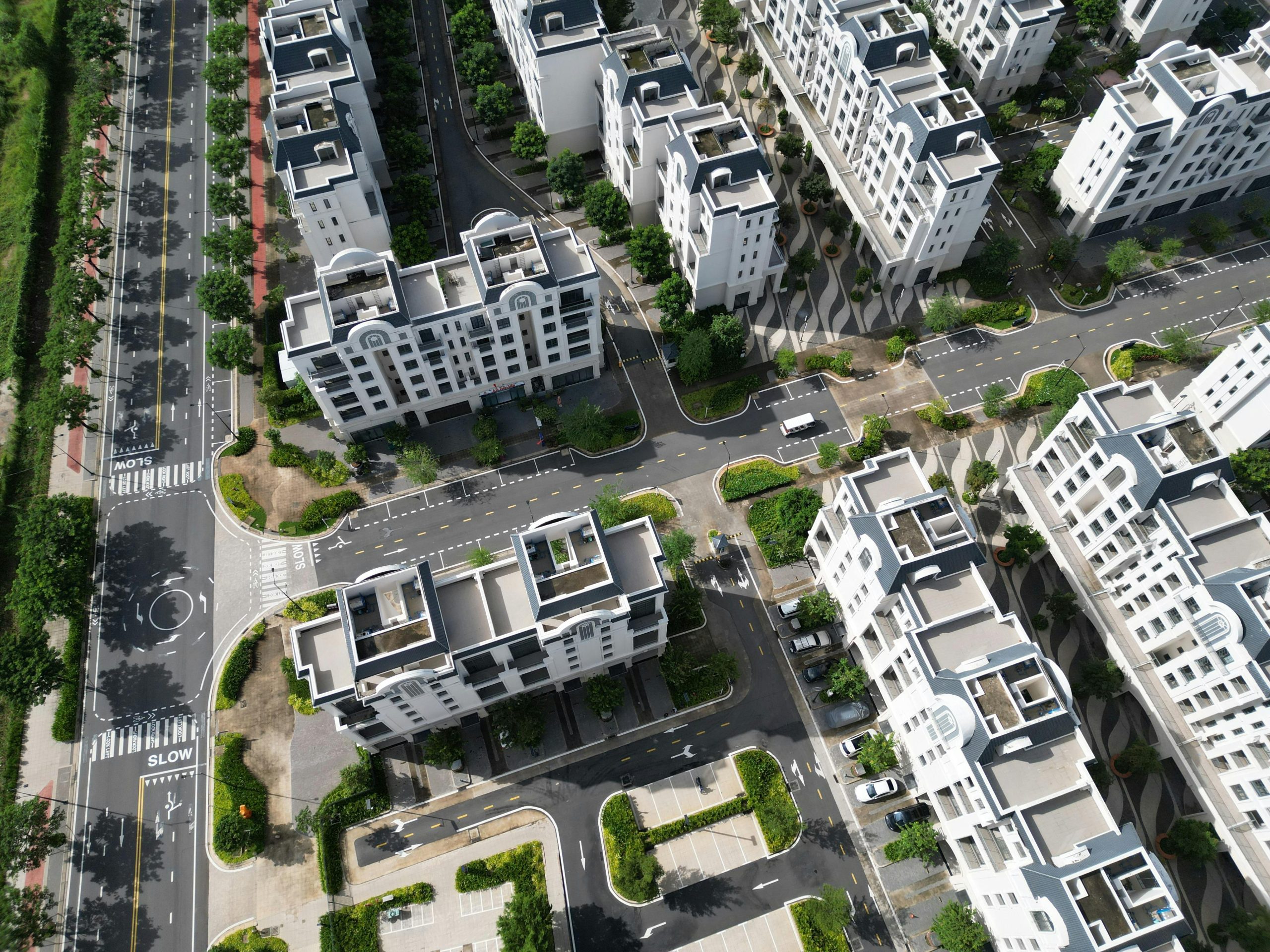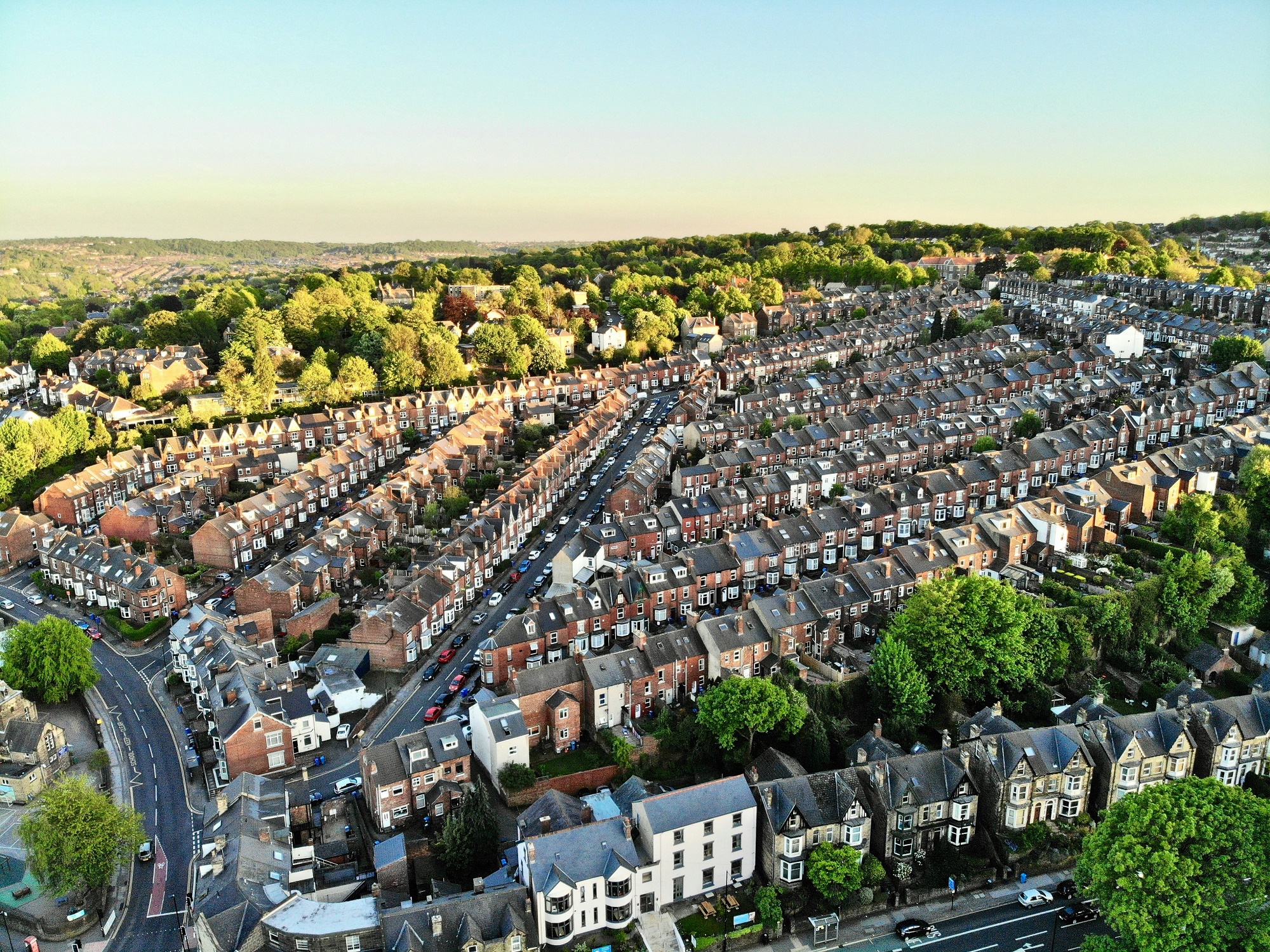Can Green Homes Solve the UK’s Housing and Climate Challenges?

Dane Westwood, performance bond construction specialist at construction bond provider CG Bonds, provides insight into how sustainable housing can address the UK’s housing shortage while helping to meet climate goals, delivering benefits for both homeowners and the environment.
The scale of the problem
The UK’s housing crisis is worsening. New homes aren’t being built fast enough, rents are rising faster than wages, and homeownership feels increasingly out of reach. At the same time, construction faces mounting pressure to cut carbon emissions, since the built environment produces around 40% of the UK’s total.
With the government aiming for 1.5 million new homes by 2030, the big question remains: can we deliver both quantity and quality?
Growing backlog
Only 210,320 new homes were completed in 2022/23, far below the 300,000 needed annually, adding to a backlog of 4.3 million homes in England. This shortage continues to push rents up, rising 9.1% in the 12 months to November 2024, with some households now spending over half their income on rent.
The pandemic revealed stark housing inequalities. Those in small, overcrowded homes struggled most during lockdowns, while those with space and gardens coped better. This shifted demand toward homes that are more spacious, better ventilated, and closer to green spaces, all linked to long-term sustainability.
Retrofitting won’t suffice
Much of the UK’s housing stock is old and energy inefficient. Without strong regulations, new homes risk locking in carbon emissions for decades. Interim measures like mandatory solar panels can help but don’t offer developers long-term certainty.
Building green from the start is more cost-effective than retrofitting later. High-spec insulation, ventilation, and heat pumps raise upfront costs but reduce bills and maintenance over time. Using low-carbon materials also significantly cuts emissions.
Buyers want greener homes
Demand is shifting. A 2024 Oxford Economics report found buyers pay 3.4% more for homes rated EPC A or B, and 57% say they’d pay extra for solar panels, heat pumps, or EV chargers. This isn’t just about climate concerns, buyers want comfort, affordability, and long-term value.
Learning from EV adoption
UK electric vehicle sales jumped from under 60,000 in 2018 to over 900,000 in 2024, driven by lower running costs, tax breaks, and convenience rather than net-zero targets alone. The housing sector can take note: by focusing on warmth, efficiency, and savings, sustainability becomes an everyday benefit.
Planning and skills gaps
Since losing coordinated regional planning in 2010, the UK has struggled to manage growth strategically. Without reform, poor location choices, urban sprawl, and stalled regeneration threaten efforts to build homes fit for modern needs.
Meeting net zero also requires 350,000 more construction workers by 2028, according to the CITB. The government’s £600 million investment in technical colleges is promising, but ongoing training and apprenticeships remain essential.
Conclusion
Housing and climate challenges are deeply intertwined, with millions of homes urgently needed alongside a pressing need to reduce emissions. Green homes offer a clear solution combining affordability, comfort, and sustainability.
For developers and the construction sector, this is a key opportunity to innovate, lower long-term costs, and meet growing demand. Building better today means securing a resilient, competitive future for both the industry and country.



